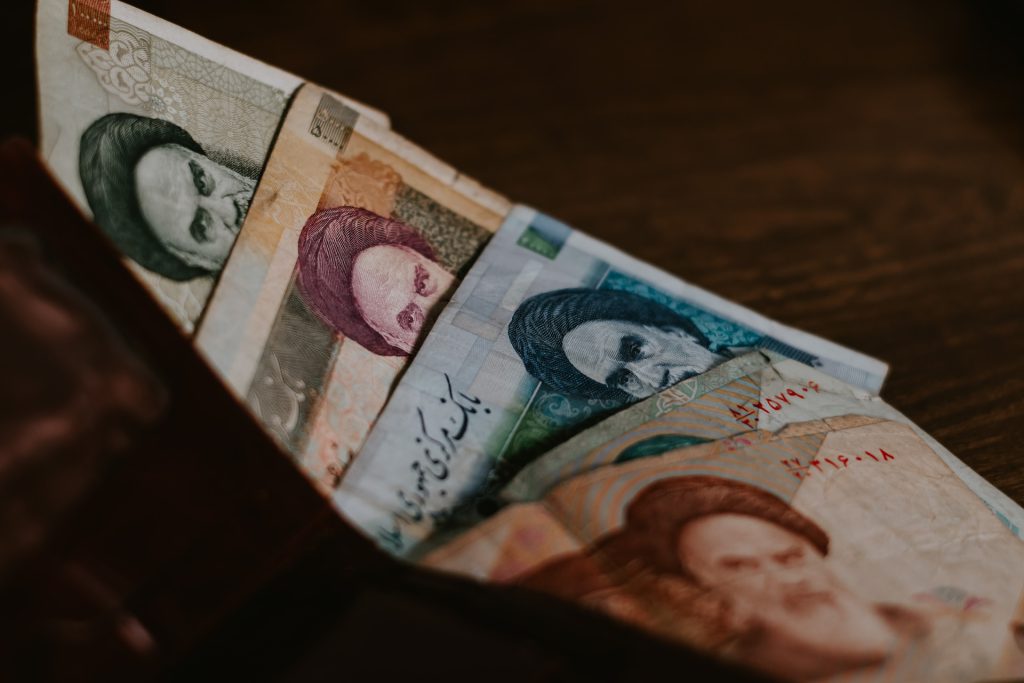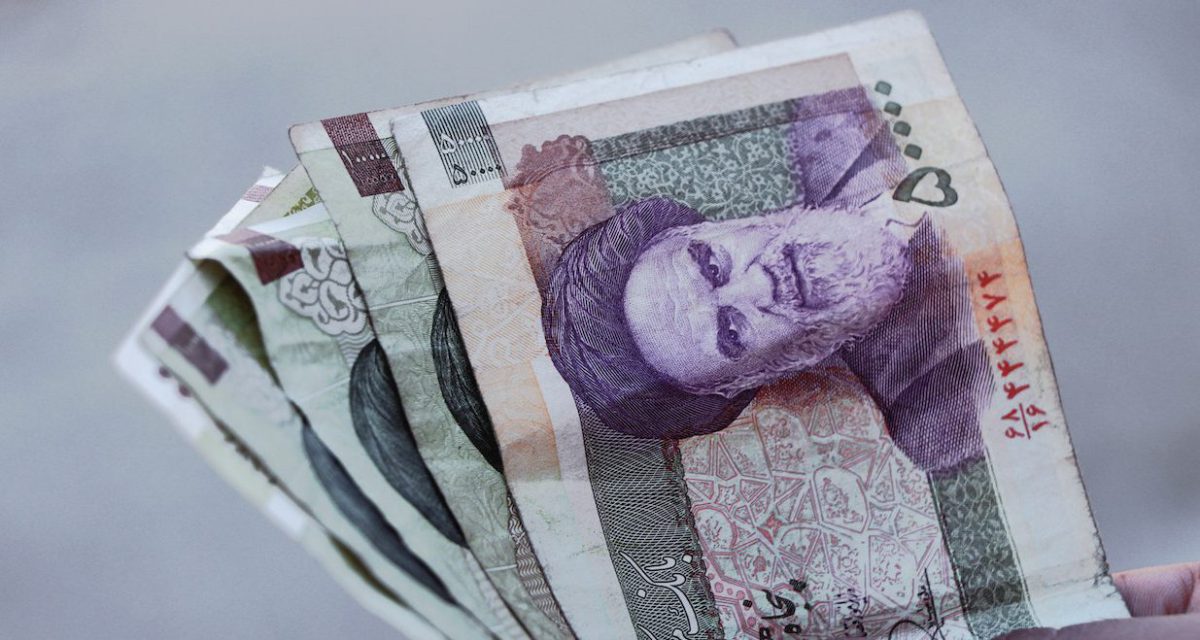If you’re planning to travel to Iran, it’s important to have a good understanding of how money works in the country. While Iran is not an expensive destination, you should still bring some hard cash with you, as credit and debit cards are not widely accepted. It’s a good idea to bring a mix of US dollars and Euros, which can be exchanged for Iranian Rials, which is the money in Iran, at official money exchange offices, or “Sarrafi”.
It’s important to note, however, that the exchange rate can vary significantly from day to day, so it’s worth keeping an eye on the latest rates before exchanging your money. It’s also worth noting that there are two exchange rates in Iran – the official rate used by banks and exchange offices, and the street rate used by money changers in bazaars and markets. The street rate can often offer a better rate, but it’s important to be careful and only change money with reputable changers.
In addition, credit and debit cards issued by non-Iranian banks are not widely accepted in Iran, so it’s important to bring enough hard cash with you. If you do need to withdraw money, there are ATMs available in major cities, but it’s worth checking with your bank beforehand to ensure your card will work in Iran. With these tips in mind, you can enjoy a budget-friendly trip to Iran without worrying about money.

What a Tourist Should Know About Money in Iran
For anyone planning a trip to Iran, it’s important to have a solid understanding of the country’s currency and exchange rates. Unlike many other destinations, Iran uses two different units of currency – Rials and Tomans. Rials are the official currency of the country, but in practice, Tomans are used for everyday transactions. As a tourist, it’s important to keep in mind that 1 Toman is equivalent to 10 Rials.
In addition, Iran is largely a cash-based society, with international debit and credit cards not widely accepted. That means travelers will need to bring enough cash with them to cover their expenses. It’s also important to note that there are different exchange rates in Iran, with the official exchange rate used by banks and exchange offices and the street rate used by money changers in bazaars and markets. It’s worth doing some research and shopping around for the best exchange rate, but be careful to only exchange money with reputable dealers.
When it comes to spending money in Iran, bargaining is a common practice. This is especially true in marketplaces and bazaars, where prices are rarely fixed. Tourists should not be afraid to bargain for a better price, but it’s important to do so respectfully and with an understanding of local customs.
Decoding Iran’s Currency: Toman vs Rial
If you’re planning a trip to Iran and want to shop like a local, you need to be aware of the dual currency system that governs the country. The official currency of Iran is the Rial (IRR), but when asking for prices, you’ll usually hear the Toman being quoted. The Toman is essentially the unofficial unit of money in Iran and is ten times the value of a Rial. Confusing isn’t it?
While notes and coins are denominated in Rials, everything else from goods to taxi fares, will be priced in Tomans. So, if a shopkeeper tells you that a pair of shoes costs 200,000 Tomans, you need to hand over 2,000,000 Rials instead. Moreover, to add to the complexity, Iranians usually use the words ‘thousand’ and ‘million’ from their pricing, which might further perplex visitors. It can be like this:
You buy saffron in Iran and the shopkeeper tells you it costs “700 Toman”. In this case, you should pay 700,000 Tomans or in other words, 7,000,000 Rials.
If the taxi driver is showing you five six of his fingers saying: ”6 Toman”, you should pay 6,000 Tomans or 60,000 rials.
That being said, it’s important to know the distinction between the two currencies and when to use them. When shopping or bargaining in the bustling bazaars of Iran, it’s recommended to double-check the price, clarify the currency, and even make calculations on your mobile phone to avoid getting tricked. So, the next time you shop in Iran, don’t get baffled by the Toman vs Rial, be smart, and ask for clarification before making a purchase.
A Look at Banknotes and Coins
Iranian banknotes and coins might seem overwhelming at first glance, especially with their large denominations. However, they showcase the rich history and culture of the country. Iranian banknotes and coins are denominated in Rials (IRR), the official currency of Iran. As of 2021, the most common banknotes used in daily transactions have values ranging from 1000 to 1,000,000 Rials.
Currency Constraints: Why Debit Cards Don’t Work in Iran
As a tourist visiting Iran, it’s essential to know that foreign debit and credit cards are not accepted in the country. Due to international sanctions on Iran’s financial transactions, most foreign banks don’t have ties with Iranian banks, and thus foreign cards have no use. This means that you’ll have to bring cash with you when traveling to Iran to pay for your expenses.
While locals in Iran are increasingly using their local debit cards for daily transactions, such as buying groceries or paying for transportation, tourists do not have this option. Even the ubiquitous ATMs in Iran are not accessible to foreigners since they’re linked to Iranian banks. Therefore, it’s crucial to bring enough cash to cover all your expenses during your stay in Iran.
Despite these limitations, some upscale stores, such as carpet stores or travel agencies, might accept foreign credit cards. Hence, it’s always better to check with the seller beforehand. As a tourist in Iran, it’s advisable to bring US dollars or Euros and exchange them at official exchange offices, banks or private exchange offices called Sarrafi.
Is Iran Expensive to Travel? Breaking Down the Costs
The cost of traveling in Iran depends on your travel style and preferences. Whether you’re a budget backpacker, a luxury traveler, or somewhere in between, Iran has something to offer. Generally speaking, traveling to Iran can be quite affordable, and costs in different categories range from moderate to low. ToIrantour help you experience the best Iran Tours and Travel Packages with competitive prices and handles the difficulties of Iranian money.
Accommodation costs in Iran might be higher compared to some Southeast Asian countries, but they are still moderate. There are plenty of budget-friendly tour options , including hostels and guesthouses, for those who prefer to keep accommodation costs in check.
The cost of food and public transportation in Iran is relatively low, making it an affordable destination for budget-conscious travelers. However, if you decide to splurge on luxury hotels and upscale dining, your expenses will likely increase. Additionally, traveling long distances across the country can be expensive for those who choose to travel in style and comfort.
In conclusion, whether Iran is expensive to travel to or not depends on your style of traveling and preferences. Travelers who are willing to choose budget-friendly options can enjoy a cheap trip to Iran. Nonetheless, luxury travelers who want to visit different cities and stay in high-end hotels might find the costs adding up quickly.
